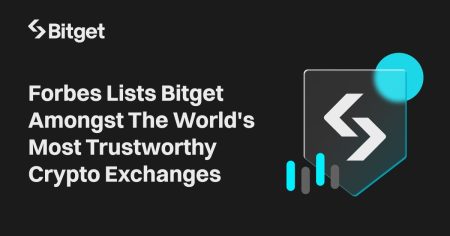Credit unions are gaining popularity among Americans, with nearly 139 million individuals being members of federally insured credit unions, according to a report from The National Credit Union Administration. These institutions are characterized by their member-owned structure, where each member has one vote and one share. Credit unions face challenges such as the clunky process of loan participations, where ownership interests in a loan are divided and sold, leading to complexities and uncertainties for participating credit unions. Tokenizing loans that are not large enough for securitization may offer a solution, allowing for automatic payments and increased transparency.
The tokenization of real-world assets in credit unions could also mitigate compliance risks, particularly in areas like Anti-Money Laundering (AML) and customer due diligence. Tokens can be used as unique identifiers for tracking transactions and detecting anomalies, making it easier for credit unions to analyze transactional data and maintain accurate records of customer identities. Tokenization could streamline compliance processes and improve security and efficiency for credit unions, making it a valuable tool for the industry.
Several credit unions have already started implementing tokenization solutions, partnering with fintech companies like BankSocial and Metallicus. These partnerships involve using blockchain technology to tokenize transactions, payments, and deposits for improved efficiency and interoperability. While credit unions are embracing tokenization, regulatory concerns regarding the classification of tokens as securities and KYC processes remain a challenge. Additionally, concerns about the custody of tokens and the identity of node operators on blockchain platforms need to be addressed for wider adoption of tokenization in credit unions.
Despite these challenges, U.S. credit unions are moving forward with blockchain projects that focus on identification and real-world asset tokenization. The NCUA has provided guidance and clarity on regulations for credit unions, enabling them to explore tokenization use cases more confidently. Regulatory challenges can be addressed by working closely with compliance teams, monitoring tokenization processes, conducting risk assessments, and staying updated on the evolving regulatory landscape. Credit unions need to establish robust frameworks that align tokenization practices with applicable regulations and prioritize the security and privacy of customer data.
In conclusion, credit unions are ripe for tokenization of real-world assets, offering benefits such as increased transparency, efficiency, and security in compliance processes. While regulatory concerns and challenges exist, credit unions can work with compliance teams and industry best practices to navigate these obstacles and implement tokenization solutions successfully. The partnership between credit unions and fintech companies in exploring blockchain technology and tokenization use cases signifies a positive step towards embracing innovative solutions for the industry’s future growth and sustainability.













